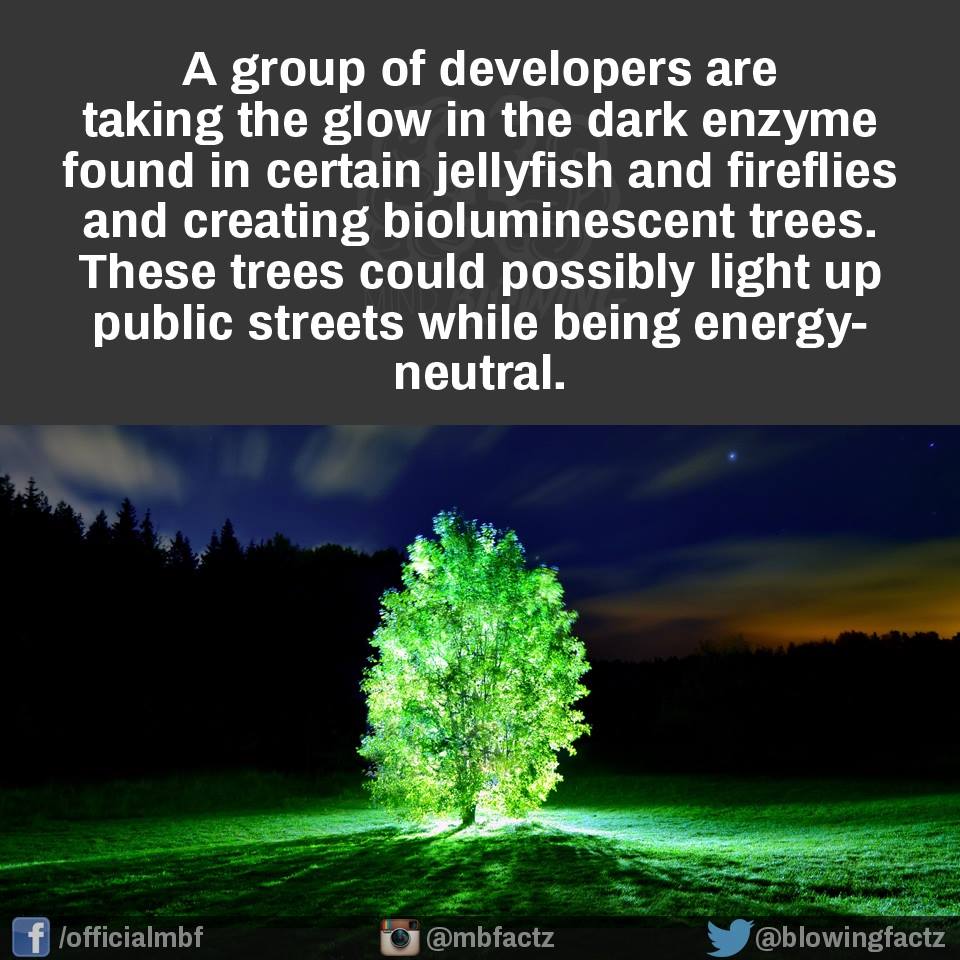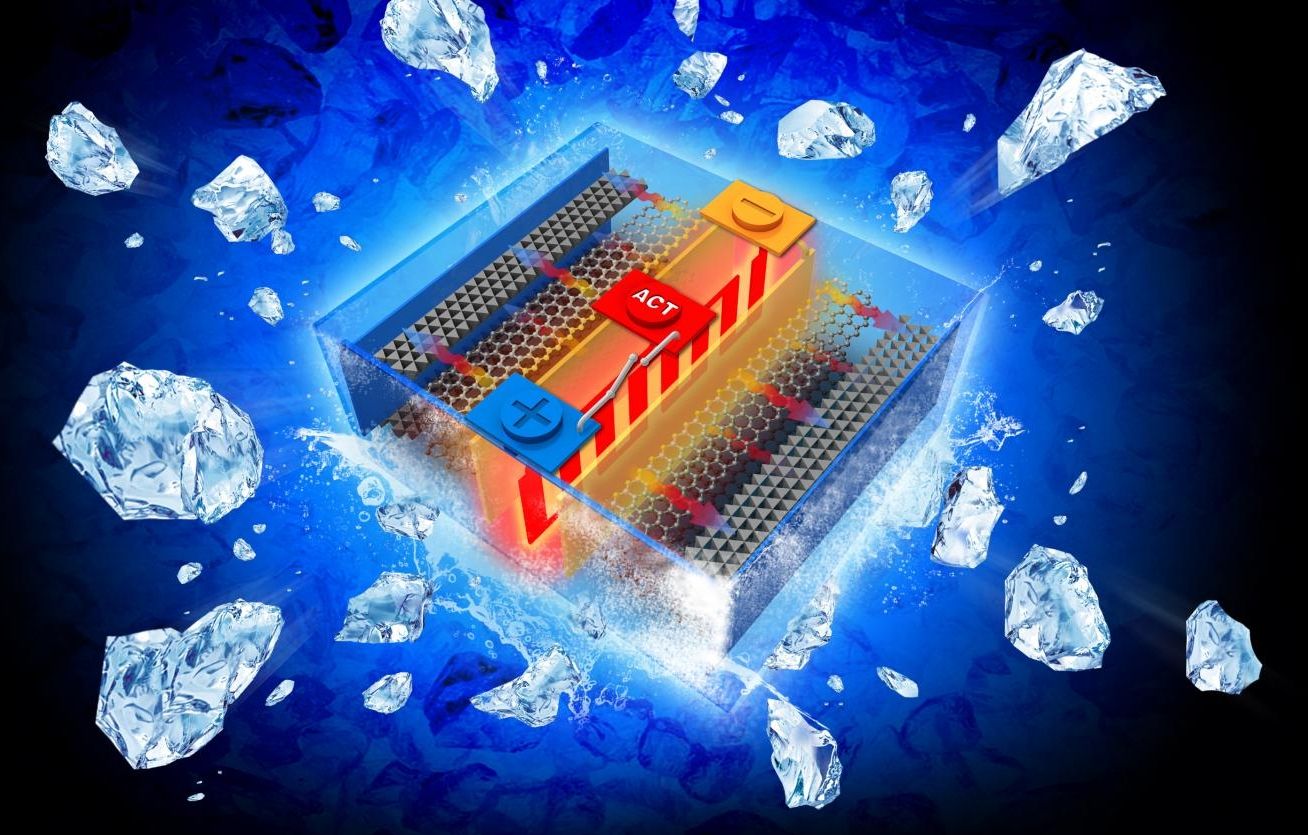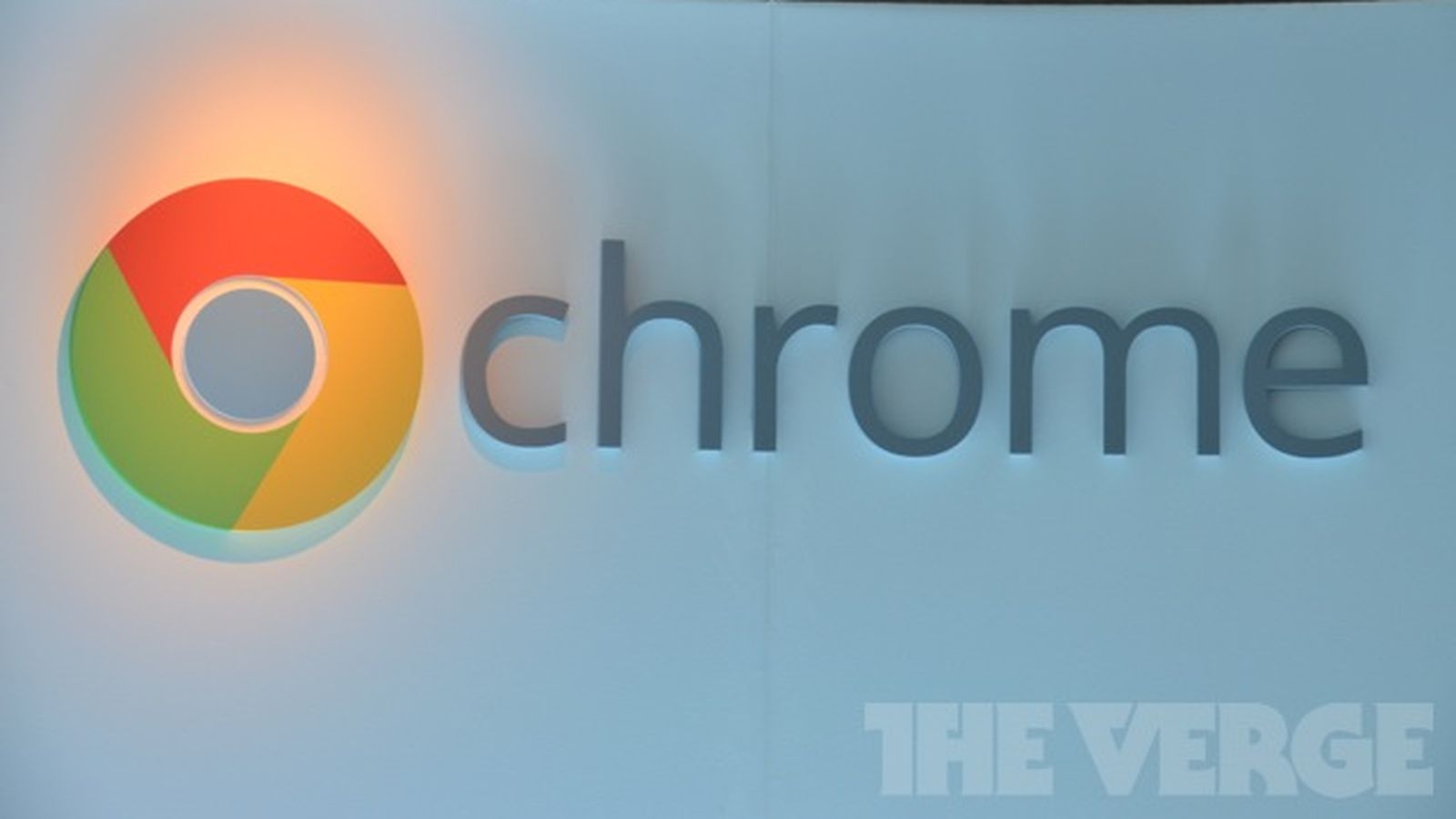This is a bit concerning ; it is feeling a lot like 1972 again when my mother and sisters took a special trip to D.C. for a special meeting and event.
When I moved to the Bay Area in 2007 to run the Wikimedia Foundation, the first thing that struck me was the eerie absence of women. I’d spent most of my working life at the Canadian Broadcasting Corp., where we used to joke that women took power when the men went off to war in 1939, and afterward refused to give it back. At the CBC, easily half my colleagues, regardless of their gender, were overt, confident, unashamed feminists.
The Bay Area tech community was different. In my first three months I had dozens of meetings with tech executives, entrepreneurs and investors, and the only women I met were scheduling the meetings and bringing drinks to the boardrooms. I started asking myself what year it was in Silicon Valley for women. Had we reached the point where we could wear pantsuits and play golf, or was it still the Mad Men era?
Women make up a tiny fraction, roughly 15%, of people working in technical roles in the tech industry. And amazingly, that percentage is dropping, not rising. Multiple studies have found that the proportion of women in the tech workforce peaked in about 1989 and has been steadily dropping ever since.
Read more









